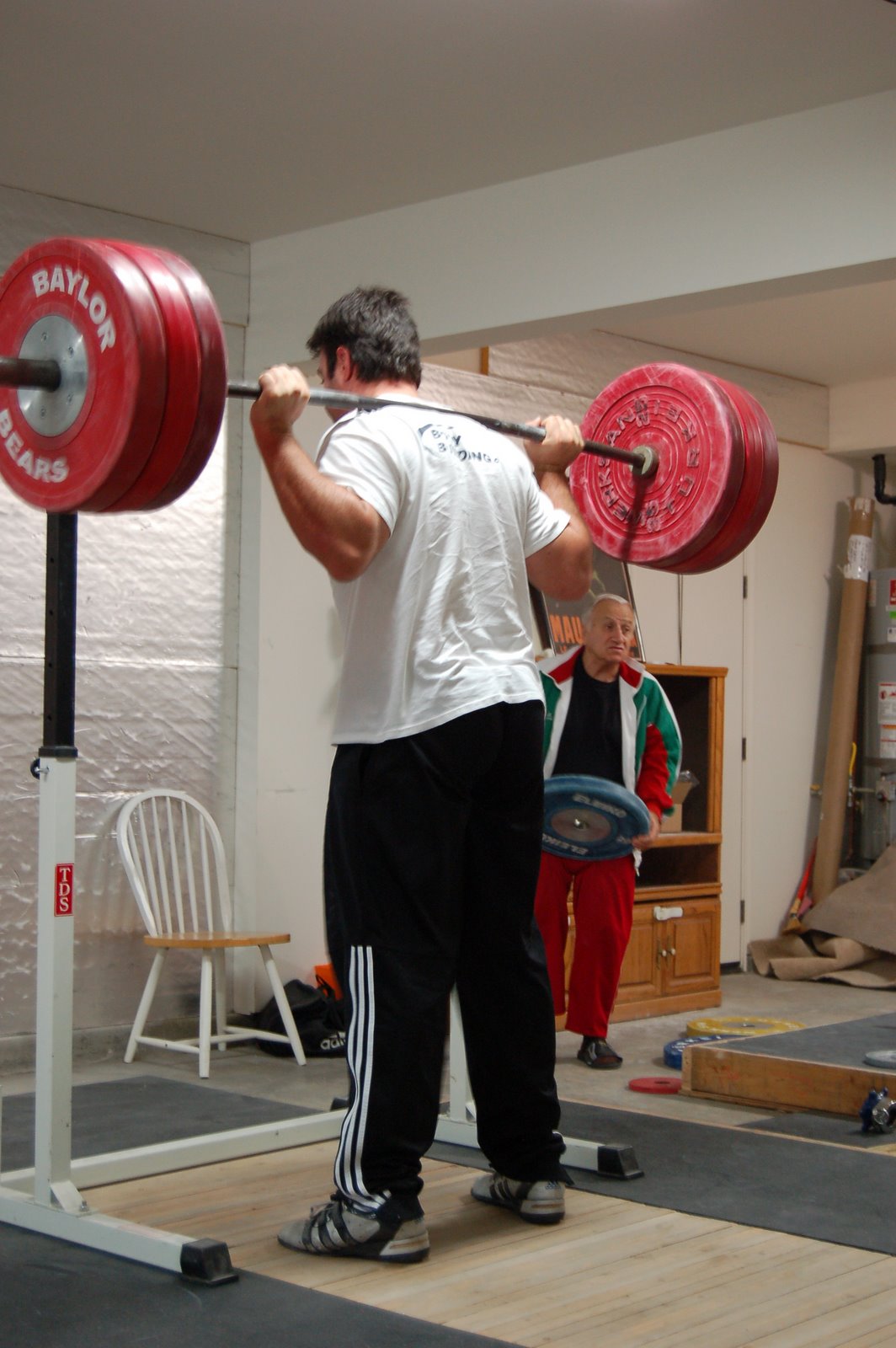Three Things to Think About WHEN Lifting Heavy Weights.
When you train heavy and hard, it is important to do the exercises with the right thought processes and mindset. How you prepare yourself for each big lift is important. It determines whether you will get the lift or not. So here are three things to think about when you are lifting heavy.

How Well You Start Determines How Well You Finish.
This is in fact the crux of my Honours and also the main focus of my PhD. The start position is what coaches are always critiquing but little is known about it in terms of actual positioning for the individual lifter and most of the time, it's based on feel than proper objective measurement.
So when you lift big weights:
- Always think about your start position.
- Are you in a position most optimal for lifting the weight off the ground or down to your chest or down to the ground and pushing back up?
- If you set yourself up well, you put yourself in a biomechanically efficient position to move the load.
- Hence a good set-up would actually reduce injury and enhance performance.
Staying Solid Throughout The Movements.
It has been shown that no matter what movement we perform, the first group of muscles that are activated is always the core musculature. Be it throwing, kicking or punching, the core muscles activate first to stabilize the spinal column to prevent injury during the movement.
The additional pressure and strain placed on the spinal column if it is not stabilized would cause injury really easily. So after the first point about the start position, upon feeling the load being lifted off the ground, if the position is not kept, there is a higher chance of getting the spinal column out of a stabilized position, hence increasing the chances of injury!
So to keep that stabilized position, keeping a solid core position upon initiating first movement is critical:
- Not only during the initiation of the movement where you need to remain solid, but it is also important to remain solid during the entire movement.
- You want to move the load in a controlled manner but not a sloppy one.
- On the other hand, you also do not want to be too controlled because you will be spending too much energy
- If so, when you want to exert the force to complete the movement (i.e. upward movement in the squat or bench press), you would be too fatigued to do so.
- So be controlled in the core but relaxed in the extremities to conserve energy for the right portion of the movement.
Keep A Consistent Breath.
This refers to how you breathe during the big movements. What happens is many people who train do not focus on that aspect and it actually affects their performance of the movement quite abit. If you are breathing in while exerting a force, you are not putting your spine in a good position and could cause injury.
So what should you do with your breathing?
- From the start of the movement is to take a big breath and hold it there. This allows for inter-abdominal pressure to be kept as a method of spinal stabilization.
- The breath is held throughout the movement till the point where exertion of force is required.
- At that point, to help facilitate force production, the breath is forcefully pushed out in order to complete the movement.
- Upon completion of the movement, the lifter can reset and take another breath in and repeat the whole process for the next repetition.
Picture from charlespoliquin.com
So if you put these three things in place, it allows for you to set up a good routine for lifting heavy weights. With a good routine, you will be consistent in your training and even have that consistency of lifting big weights each time.

